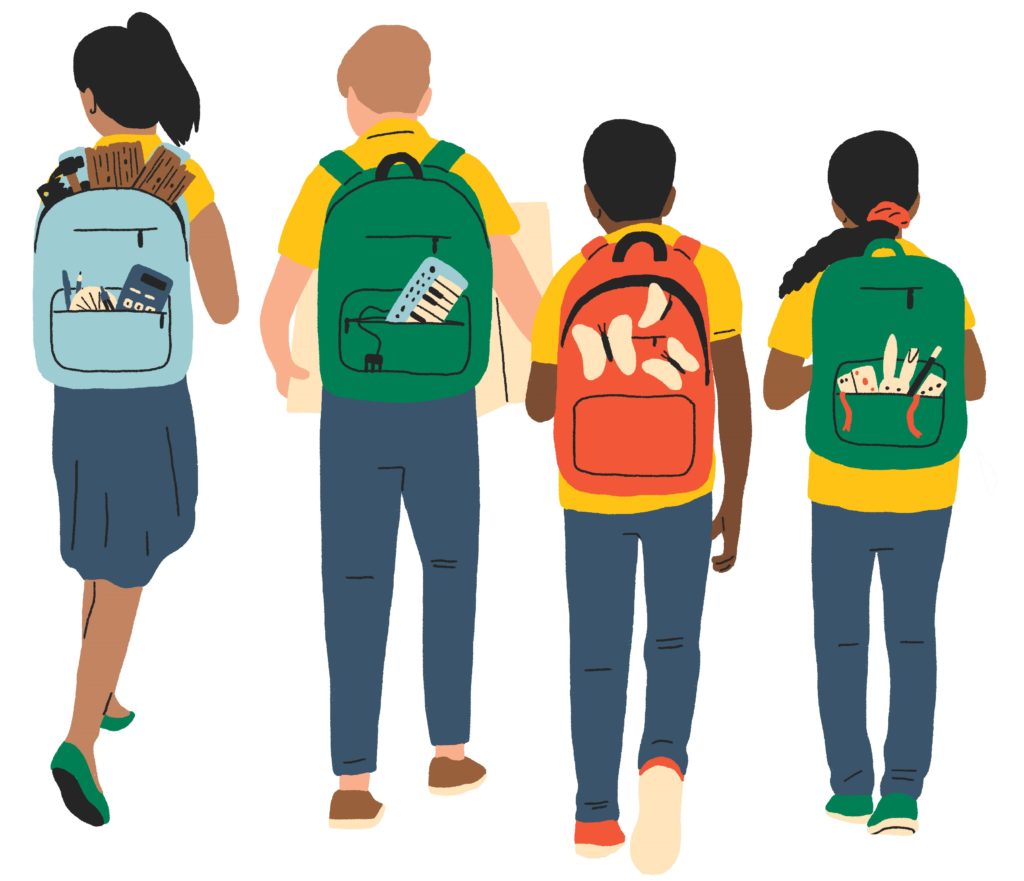The science capital research provides us with an evidence-informed good practice framework that can help us to create a welcoming, relevant and inspiring experience for all our visitors.
Whether it’s behind the scenes or in a public facing role, every person who works across our group of museums has the power to have a positive impact on our visitor’s engagement with STEM.
How did we start our journey of sharing the science capital research and approach with almost 2,000 staff and volunteers working across our group of museums?
To enable us to reach out and connect with everyone in some way, we developed a suite of training and communication resources which include: an online course, face-to-face workshops, a toolkit of practical activities and information booklets.
The primary aim for our communication is to inspire and empower people to take ownership of the ideas and see the value and benefits the research can bring to their work and priorities. We developed the suite as we could see that there was not going to be one single and easy way to reach everyone across the organisation – one approach was not going to suit all.

Our science engagement reflection points are at the heart of all the communication and workshops. These reflection points are drawn from good practice identified in science capital and wider science engagement research. Every member of staff has a copy of these reflection points to sit on their desk. They remind us about good practice informed by science capital research and help us reflect on the good practice in our everyday work.
What did we focus on when developing the courses and resources?
It was important for the information to be useful and relevant to all teams working across our museums. We met and worked with people from different teams to find out how we could personalise and tailor the training to their needs, including examples that were relevant and connected to their work.
Although the content of these materials and workshops is an essential element, another important aspect of our communication was to make the materials look inviting and interesting. We want people to read, re-read and display the materials and not simply file them away at the back of their drawers – never to see the light of day again!

To help us achieve this, we commissioned illustrator, Michael Parkin (parkinparkin.com), to create a set of illustrations. The brief we gave for these was to show the diversity of our staff and visitors and the wide variety of experiences and interests they bring to us in their ‘science capital backpack’.
It is important to say that we know these training workshops and information alone will not bring about an immediate change in practice.
Change will come from trialling and testing different ideas and from the ongoing conversations that are happening across all our museums. But, to start our organisational change journey, they have given people more confidence to use and talk about the research and enabled them to see the value and benefits that it can bring to their work – and change is starting to happen.
Future posts from the organisational change series will feature our findings from the roll out of the science capital materials and how different teams have been putting a science capital approach into practice.